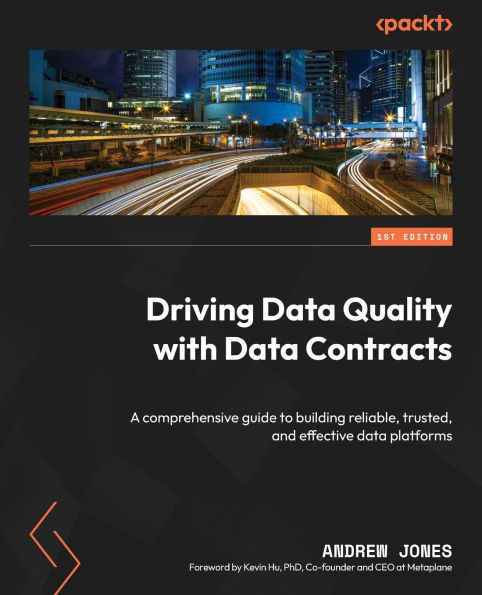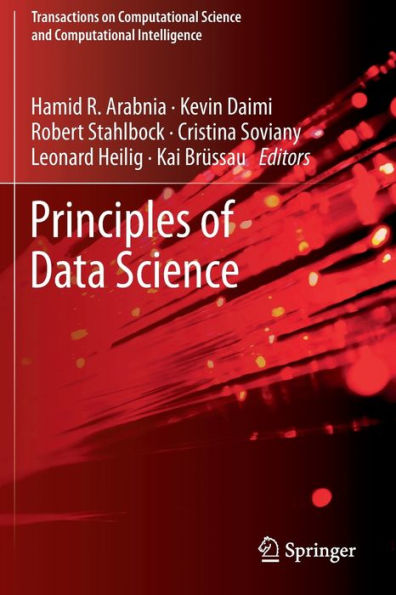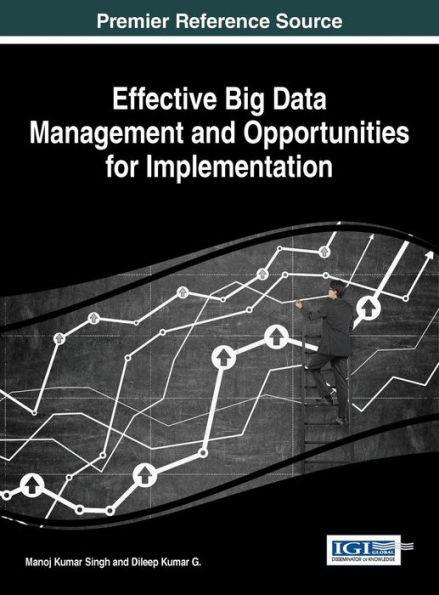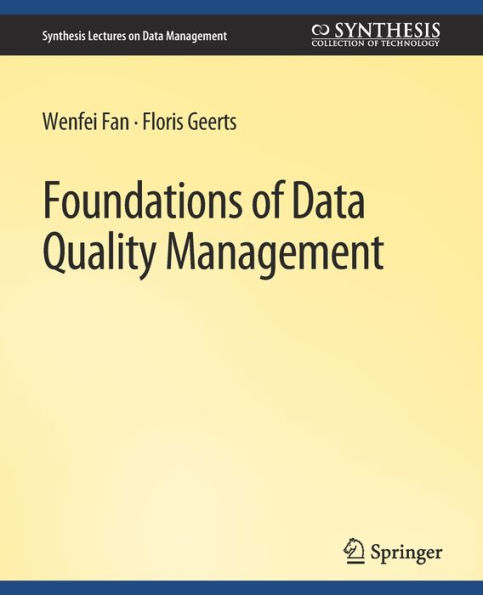Home
Principles of Data Fabric: Become a data-driven organization by implementing Fabric solutions efficiently
Barnes and Noble
Principles of Data Fabric: Become a data-driven organization by implementing Fabric solutions efficiently
Current price: $31.99
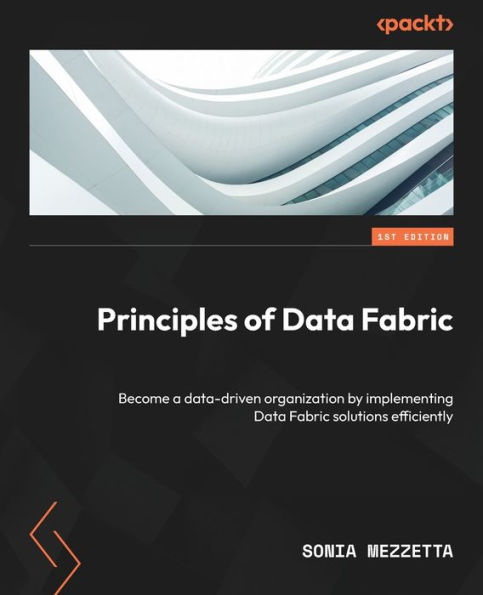

Barnes and Noble
Principles of Data Fabric: Become a data-driven organization by implementing Fabric solutions efficiently
Current price: $31.99
Size: Paperback
Loading Inventory...
*Product information may vary - to confirm product availability, pricing, shipping and return information please contact Barnes and Noble
Data can be found everywhere, from cloud environments and relational and non-relational databases to data lakes, data warehouses, and data lakehouses. Data management practices can be standardized across the cloud, on-premises, and edge devices with Data Fabric, a powerful architecture that creates a unified view of data. This book will enable you to design a Data Fabric solution by addressing all the key aspects that need to be considered.
The book begins by introducing you to Data Fabric architecture, why you need them, and how they relate to other strategic data management frameworks. You'll then quickly progress to grasping the principles of DataOps, an operational model for Data Fabric architecture. The next set of chapters will show you how to combine Data Fabric with DataOps and Data Mesh and how they work together by making the most out of it. After that, you'll discover how to design Data Integration, Data Governance, and Self-Service analytics architecture. The book ends with technical architecture to implement distributed data management and regulatory compliance, followed by industry best practices and principles.
By the end of this data book, you will have a clear understanding of what Data Fabric is and what the architecture looks like, along with the level of effort that goes into designing a Data Fabric solution.
If you are a data engineer, data architect, or business analyst who wants to learn all about implementing data fabric architecture, then this is the book for you. This book will also benefit senior data professionals such as chief data officers looking to integrate data fabric architecture into the broader ecosystem.


